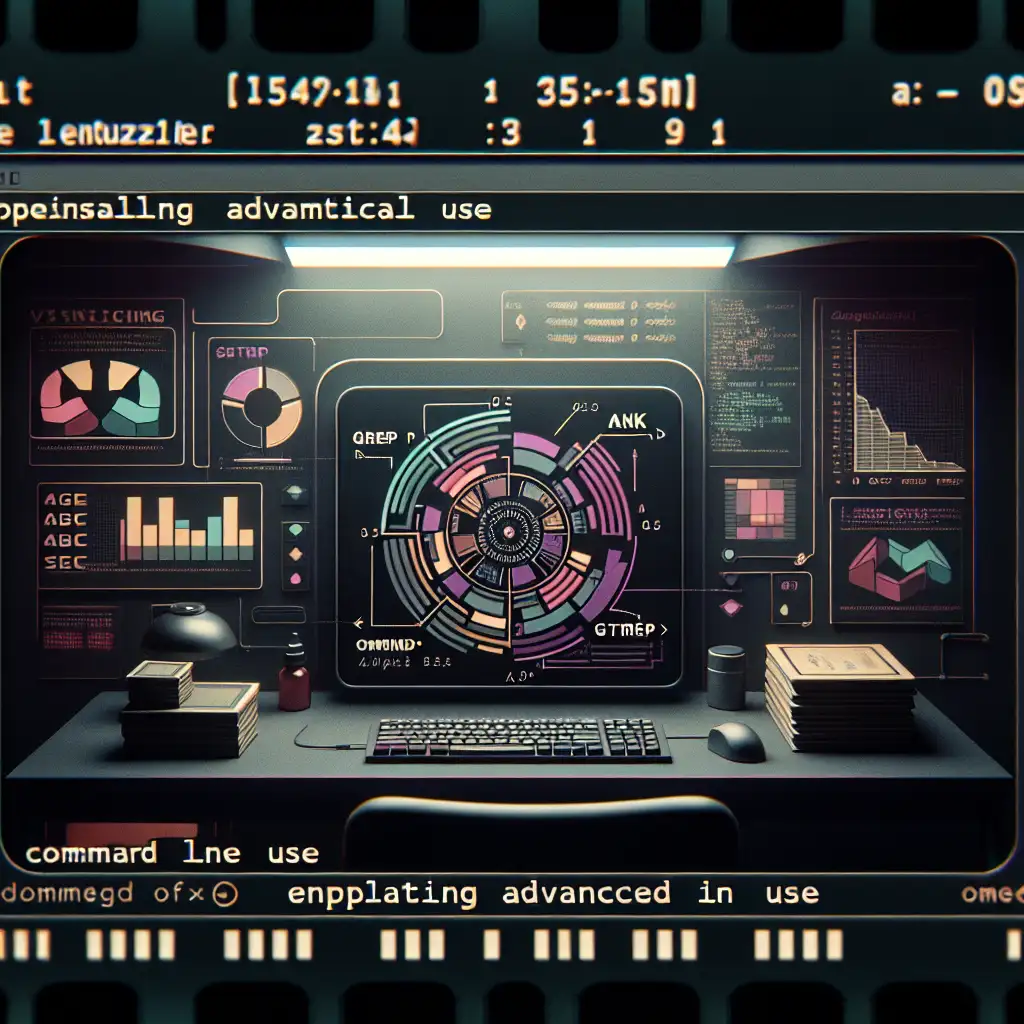Mastering Linux Terminal: Practical Techniques for Real-World Productivity
Experienced engineers rarely rely on GUIs when deep system introspection or reliable automation is required. From parsing gigabytes of logs at 3am to bootstrapping entire server deployments without a mouse in sight, the terminal remains central.
Where Efficiency Actually Begins
Typing ls or cd is table stakes. The discipline comes when leverage, not memorization, becomes your strategy: chaining, filtering, scripting, and customizing until your workflows are reproducible and nearly frictionless.
High-Leverage Workflow: Locating Disk Hogs Without Guesswork
When a server hits disk capacity at 98%, you need more than a GUI or the default du output. Consider the following pipeline, known to work reliably since at least GNU coreutils v8.25:
du -ahx /srv | sort -rh | head -n 7
-xrestricts results to current filesystem (avoiding NFS/other mounts)- Robust against "argument list too long" errors
Quickly surface large files or directories. Try adding --exclude='*.gz' to focus on active logs only.
Advanced Search: grep, Regular Expressions, and Errors
System logs don’t wait. Extracting actionable data fast is critical. Regex with grep does much of the lifting, but non-obvious options exist.
grep -P -o '\b(?:[0-9]{1,3}\.){3}[0-9]{1,3}\b' /var/log/nginx/access.log
-Penables Perl regex (faster for some patterns)-ofor matching only the IPs, one per line
Typical gotcha: On minimal Alpine-based containers, grep may lack -P; fallback to simpler regex or use awk.
Script Once, Run Many: Automation with Bash
Real productivity comes from reducing keystrokes on the repetitive daily ops. Version-control these for consistency.
#!/usr/bin/env bash
set -euo pipefail
SRC="$HOME/dev/web"
DEST="$HOME/backups/web_$(date +%Y%m%d_%H%M%S)"
mkdir -p "$DEST"
cp -a "$SRC"/. "$DEST"
echo "Backup complete: $DEST"
set -euo pipefailguards against silent failurescp -apreserves permissions—critical for restoring services
Known issue: Bash defaults may break on filenames with weird UTF-8 characters. rsync is more robust in those environments.
Aliases: Immediate, Minor Optimizations
Saving three seconds per command run accumulates. In .bashrc or .zshrc:
alias ltr='ls -ltrh --color=auto'
alias dcu='docker compose up'
Reload configuration:
. ~/.bashrc
Tip: Avoid aliasing commands needed in scripts—scripts should remain explicit.
Monitoring Stack: htop and Alternatives
Terminal-based monitors (htop, dstat, iostat), especially on headless servers, reveal real bottlenecks before graphs catch up.
Install on Debian/Ubuntu 22.04+:
sudo apt update && sudo apt install -y htop iotop
Sample usage:
htop— process overview, tree, easy filter (F4)iotop— live disk I/O by process (run as root)watch -n 2 df -h— repeating disk usage, critical for preventing app outages
Note: iotop uses Python and can be missing in minimized environments.
In-Place File Editing: sed & awk
For batch data cleanup or configuration rewrites, text stream editors outperform GUI editors by orders of magnitude.
sed -i 's/127\.0\.0\.1/0.0.0.0/g' /etc/postgresql/*/main/pg_hba.conf
-iedits files in place; always take a backup (-i.bak) if risky
Complex data extraction:
awk -F, 'NF == 5 {print $2, $4}' users.csv
Reality check: awk's syntax is dense—keep reusable snippets in a personal cookbook.
Prompt Customization: Context at a Glance
A meaningful PS1 prompt saves context switching. On a multi-branch Git workflow, this is non-negotiable.
PS1='\[\e[32m\]\u@\h:\[\e[33;1m\]\w\[\e[36m\]$(__git_ps1 "[%s]")\[\e[0m\]\$ '
- Requires
git(>=2.6) andgit-prompt.shsourced in your shell
Trade-off: Overly complex prompts can slow logins on slow filesystems (notably NFS or slow SSH links).
Non-Obvious Productivity Tip: Single-Keystroke Reuse with fc
Bash and Zsh include the underused fc (fix command) for fast history-based re-editing:
fc # Opens `$EDITOR` with the last command for quick tweaks and rerun
Ideal when debugging complex pipelines.
Conclusion
The terminal is not just a retro interface; it’s a precise toolchain built for engineers who value clarity and reproducibility. Each customization or micro-optimization builds momentum over months. Question your defaults—sometimes the right pipeline or script is the difference between a tedious hour and a five-second command.
Key takeaway: treat the shell as scriptable infrastructure, not just a window to system state. The dividends compound.
No interface replaces discipline and clarity. Good luck with your next production incident.
